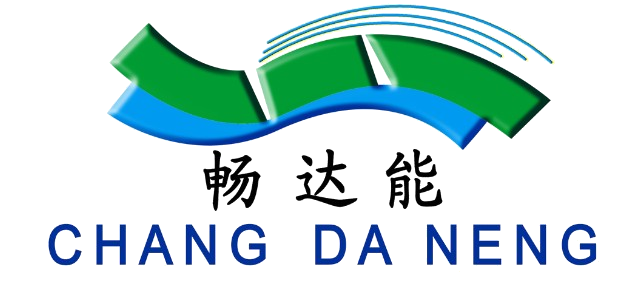Production Line Description for Solar Dock Lights
A production line for solar dock lights typically involves several stages, each ensuring the product meets quality and functional standards. Below is a detailed description:
1. Material Preparation
- Raw Material Procurement:
- Aluminum alloy, tempered glass, or ABS plastic are sourced and inspected.
- LEDs, solar panels, batteries, and electronic components are procured.
- Initial Processing:
- Cutting, molding, and shaping of housing materials.
2. Solar Panel Assembly
- Solar Panel Cutting:
- Monocrystalline or polycrystalline panels are cut to size.
- Lamination:
- Solar panels are laminated for durability and waterproofing.
- Wiring:
- Electrical connections are soldered and tested for conductivity.
3. PCB and LED Module Preparation
- PCB Assembly:
- Placement of components (resistors, capacitors, etc.) on the circuit board.
- SMT (Surface-Mount Technology) or manual soldering is performed.
- LED Integration:
- LEDs are attached to the PCB, aligned, and tested.
4. Housing Production and Assembly
- Molding and Machining:
- Injection molding or CNC machining is used to create housings.
- Painting and Coating:
- Anodizing (for metal) or UV-resistant paint is applied for durability.
- Component Integration:
- Solar panel, battery, and LED module are fixed into the housing.
5. Quality Testing
- Electrical Testing:
- Check for voltage, current, and functionality of the light.
- Durability Testing:
- Drop, vibration, and temperature tests are conducted.
- Waterproof Testing:
- Submersion or water jet tests to ensure IP65–IP68 compliance.
6. Final Assembly
- Sealing:
- Use of rubber gaskets, adhesives, or ultrasonic welding for waterproofing.
- Labeling:
- Add branding, model numbers, and certifications.
7. Packaging and Shipping
- Packaging:
- Lights are securely packed with protective materials.
- Includes user manuals and installation accessories.
- Shipping:
- Products are stored in cartons or pallets, ready for transportation.

